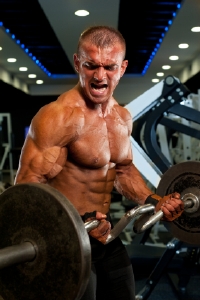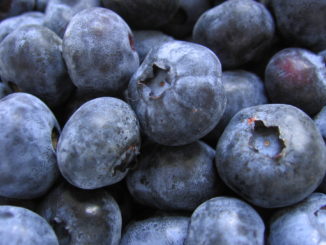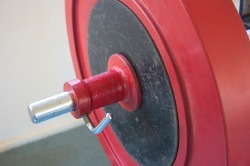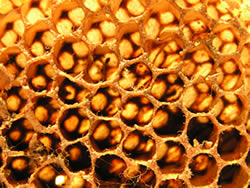
One movement that often gets forgotten about as you move through your workout program is the reverse barbell curl.
Most people are so focused on dumbbell curling activities or hammer curls which both target the primary head of the biceps in the greatest manner, the reverse barbell curl will still hit the biceps, but add a whole new element of stress to the mix.
Let’s take a closer look at what the reverse barbell curl is all about so that you can determine if this is a movement that you want to include in your workout program.
Get The Most From The Reverse Barbell Curl
First it’s going to be important to learn how to correctly perform the reverse barbell curl. In order to reap the most benefits possible from this exercise, performing it correctly will be a must.
This movement is best performed by someone who has a little more experience with weight lifting and who has been performing other bicep exercises beforehand. That will enable them to have a good feel in place already of the curling movement pattern so when they transition to the reverse barbell curl, they’re ready for it.
Use the Overhand Grip
To perform the reverse barbell curl, you’ll want to place the hands on the barbell using an overhand grip so that the palms are facing downwards. Note that most people will be most comfortable using a closer grip on the barbell as this will place less overall stress and tension on the elbow joint, which is vital for preventing an injury.
Keep the Stomach Tight to Maintain the Correct Position
Once you’re in that position, you’ll want to begin curling the weight upwards, keeping the stomach taught at all times so that you don’t adopt a sway back position.
Many people get into the bad habit when performing the barbell curl of swinging the weight upwards, which not only takes the stress off the bicep muscle entirely, but also causes you to develop lower back pain quite quickly as well.
Once the barbell is just about at shoulder level, pause and then lower back to the starting position once again using a slow and controlled movement pattern.
The Muscles Worked During The Reverse Barbell Curl
The primary muscles that you are going to target when performing the reverse barbell curl are the biceps as well as the forearms. You’re going to notice that this exercise does hit the forearms to a much larger degree than any other bicep movement you’ve done before, so don’t be surprised if the weight does have to drop slightly.
This is perfectly normal and natural and what’s more important is that you simply ensure that you focus on the muscle contraction and maintaining good form. If your form slips, you should immediately rest before continuing on again.
Similar Barbell Exercises
If you’d like to change up your routine and already have the reverse barbell curl in place, consider a standard barbell curl or a dumbbell curl. Both of these are great bicep builders; they’ll just place slightly less emphasis on the forearm muscles.
So there you have the primary things to note about the reverse barbell curl. Keep these points in mind at all times as you go about this exercise.




Be the first to comment